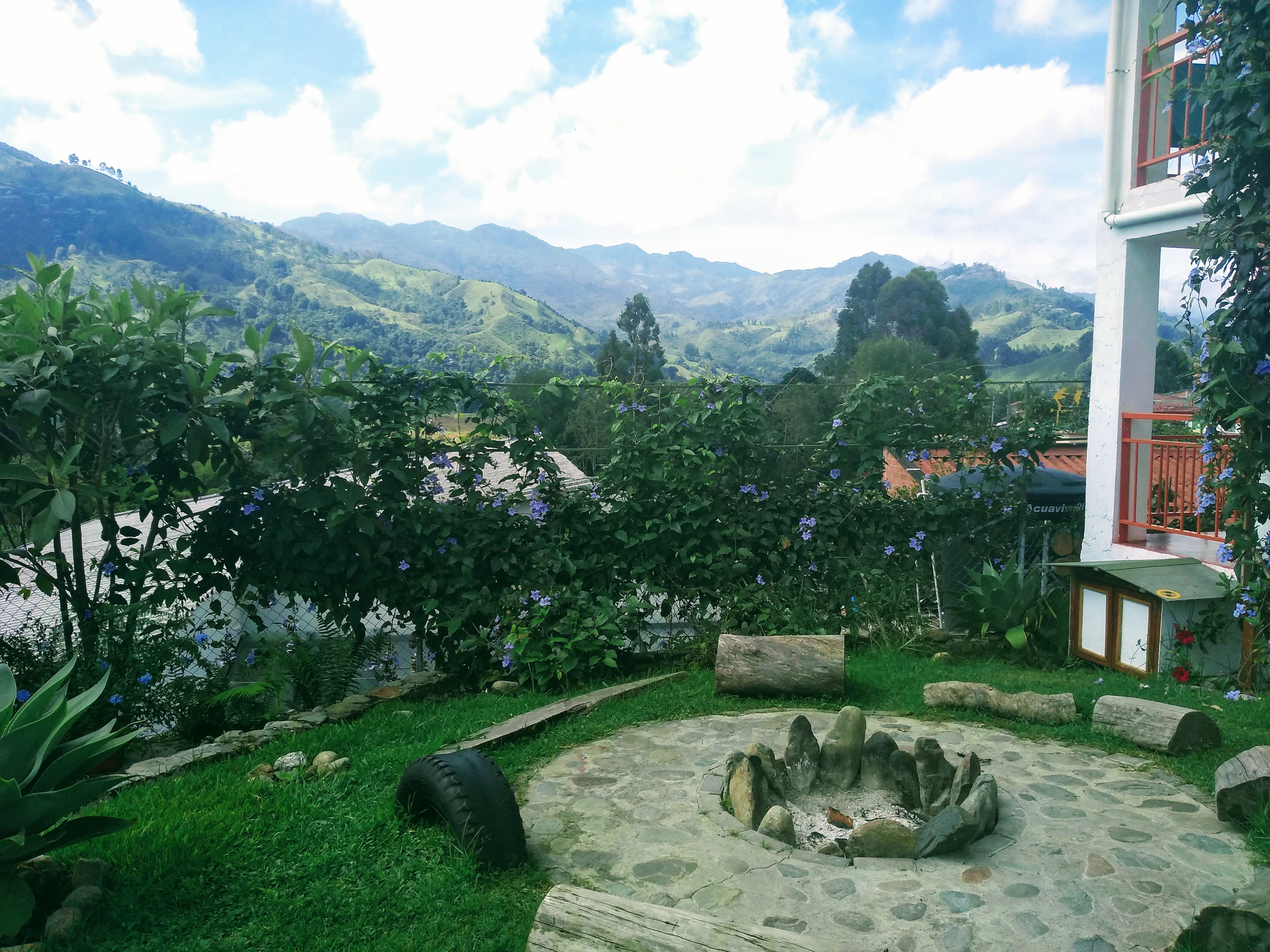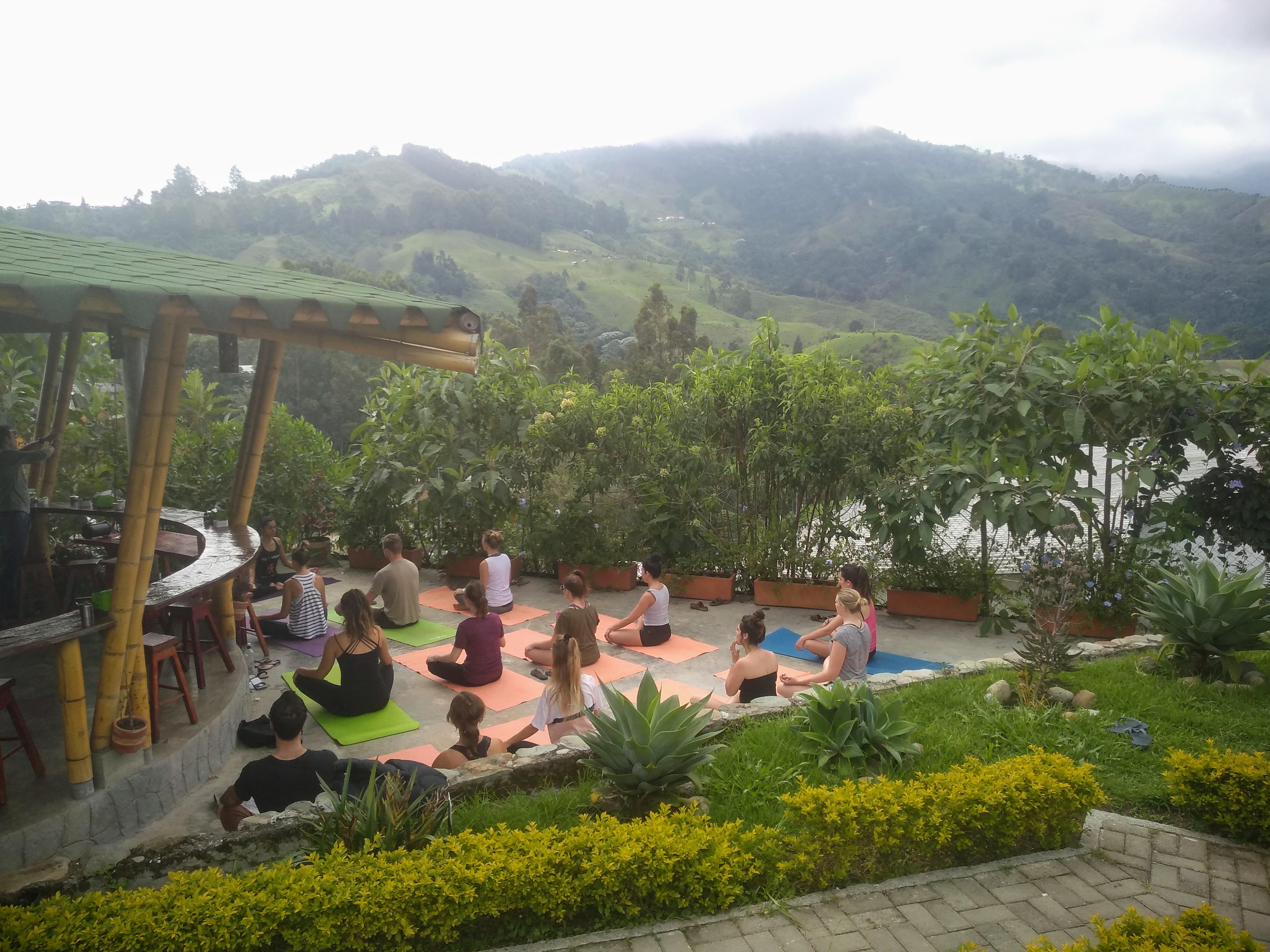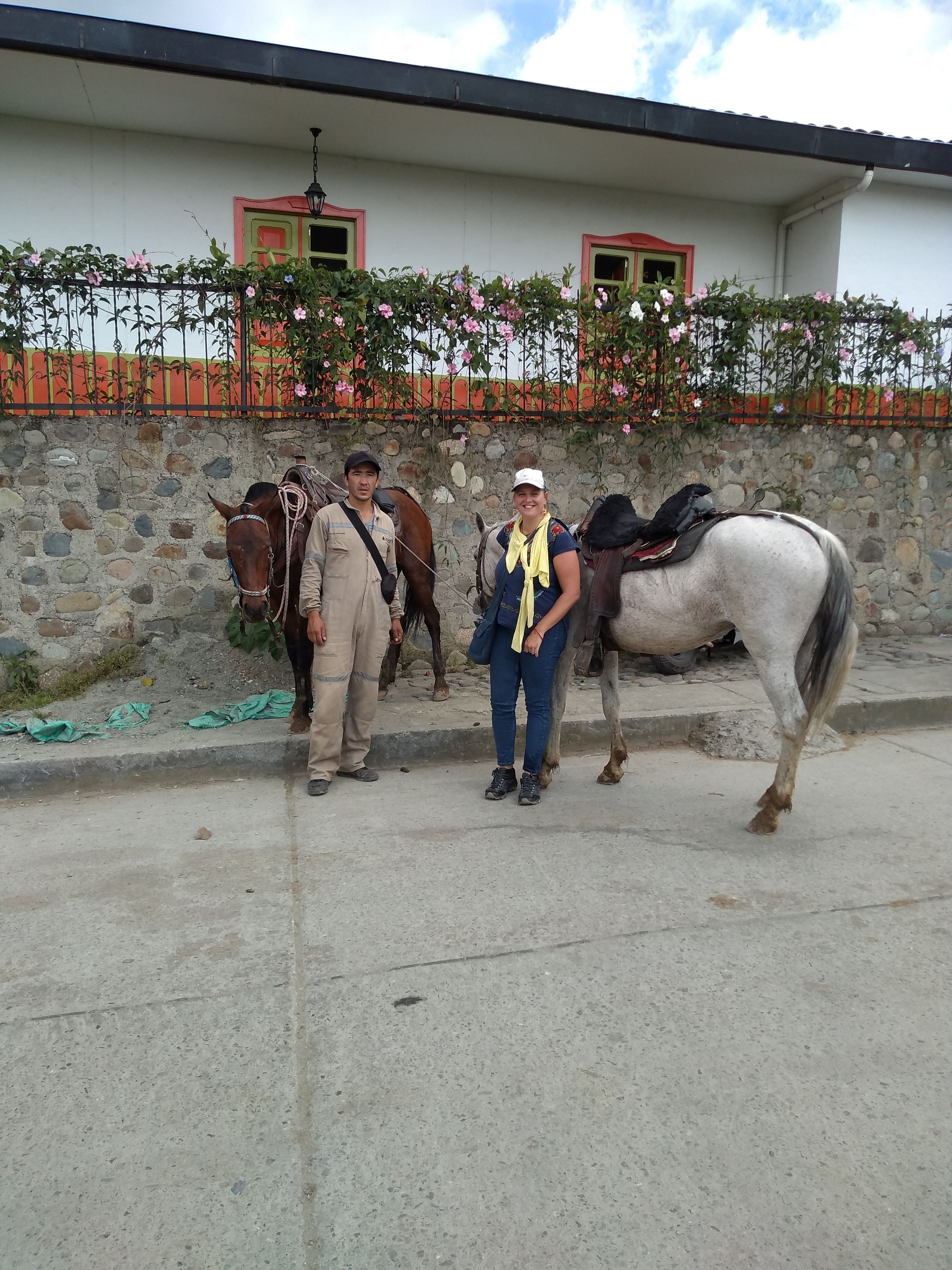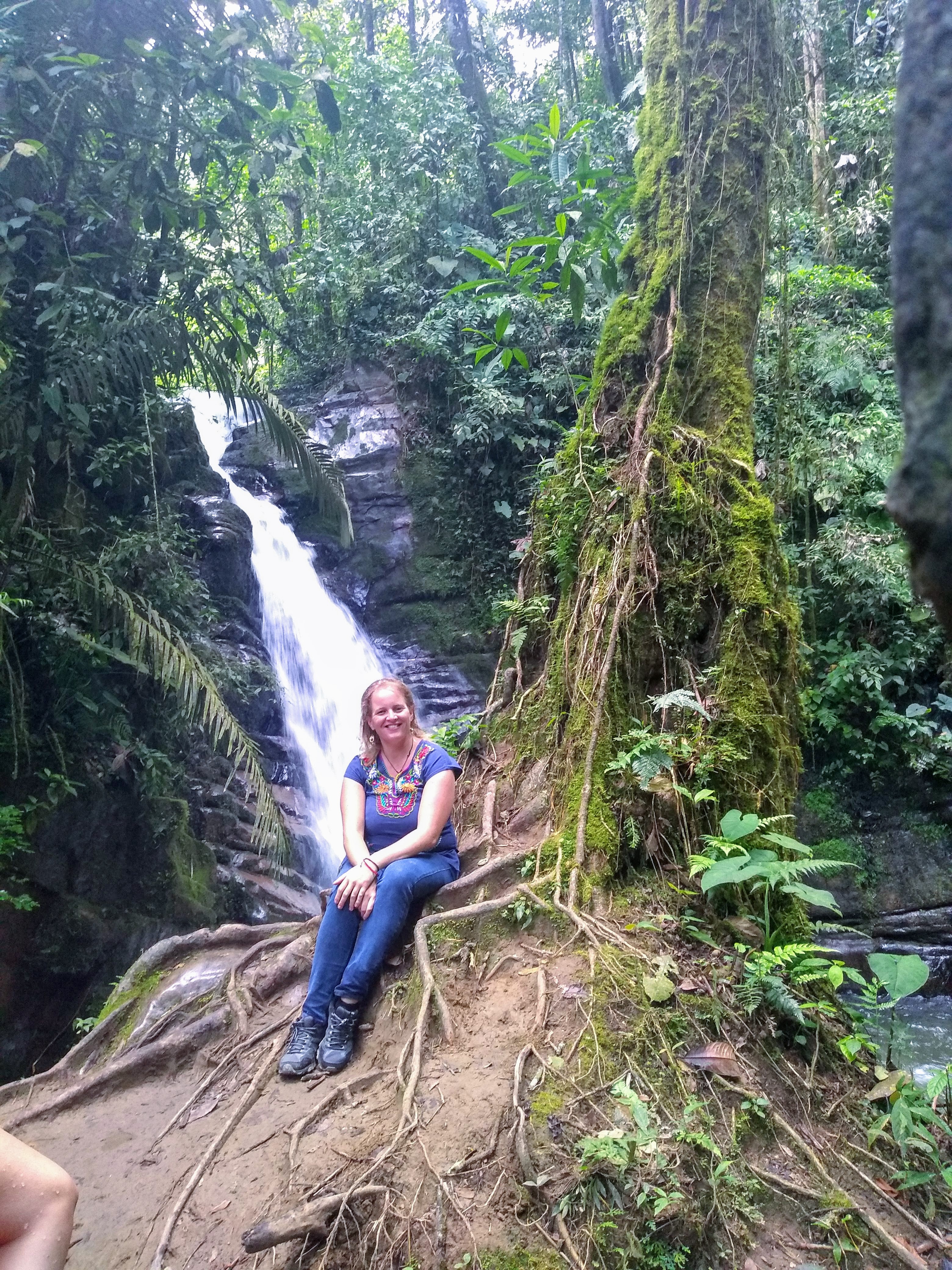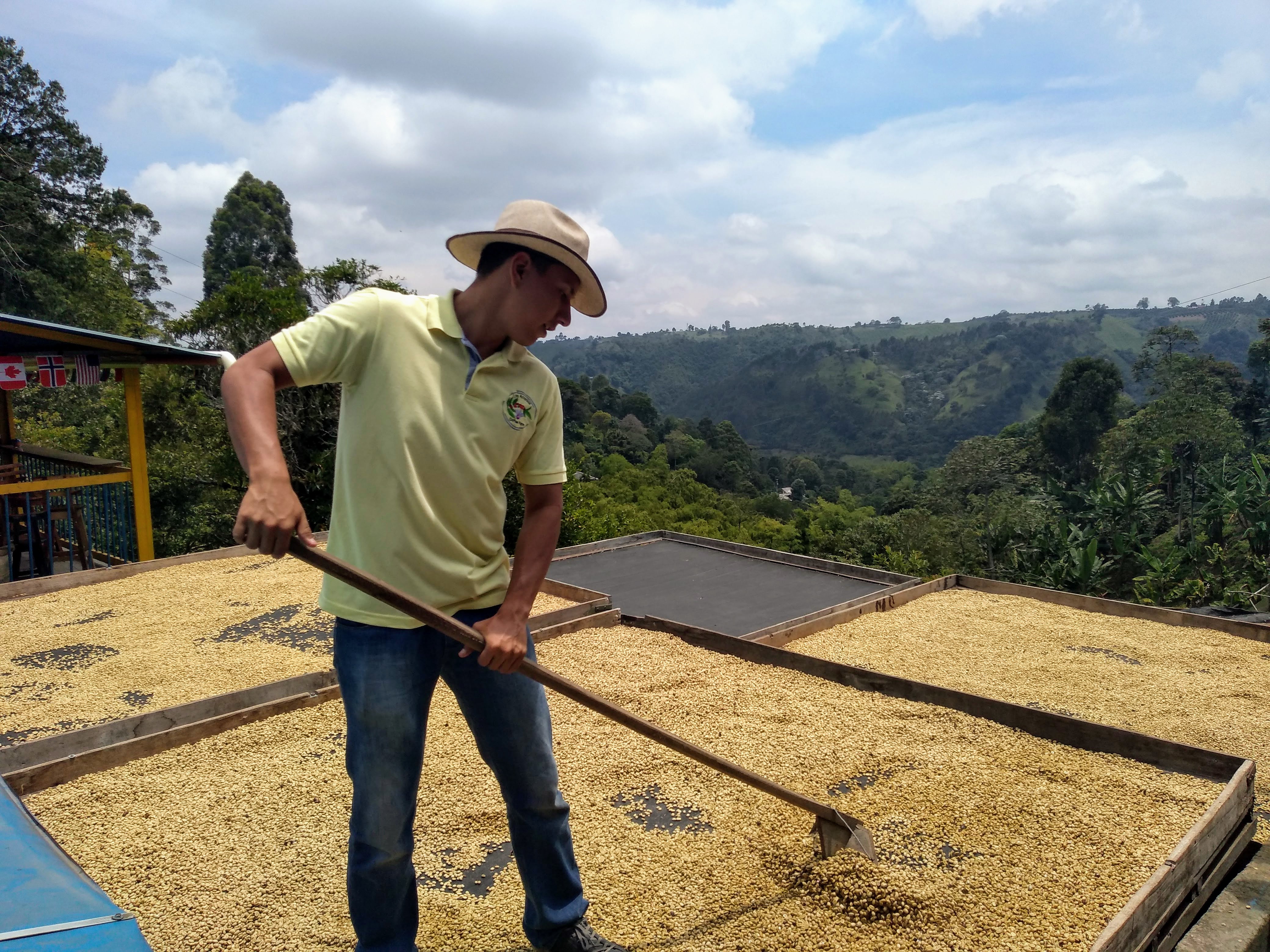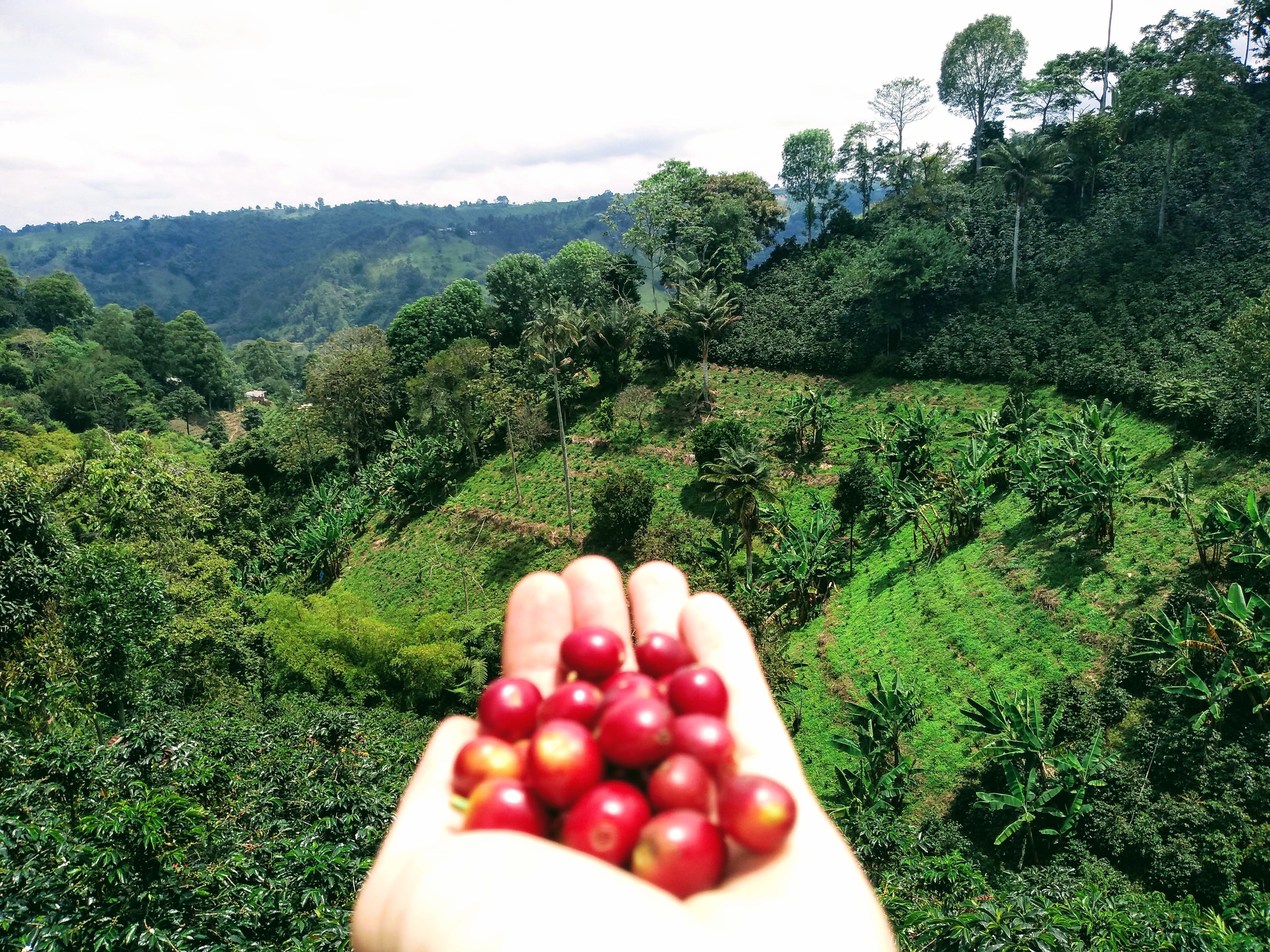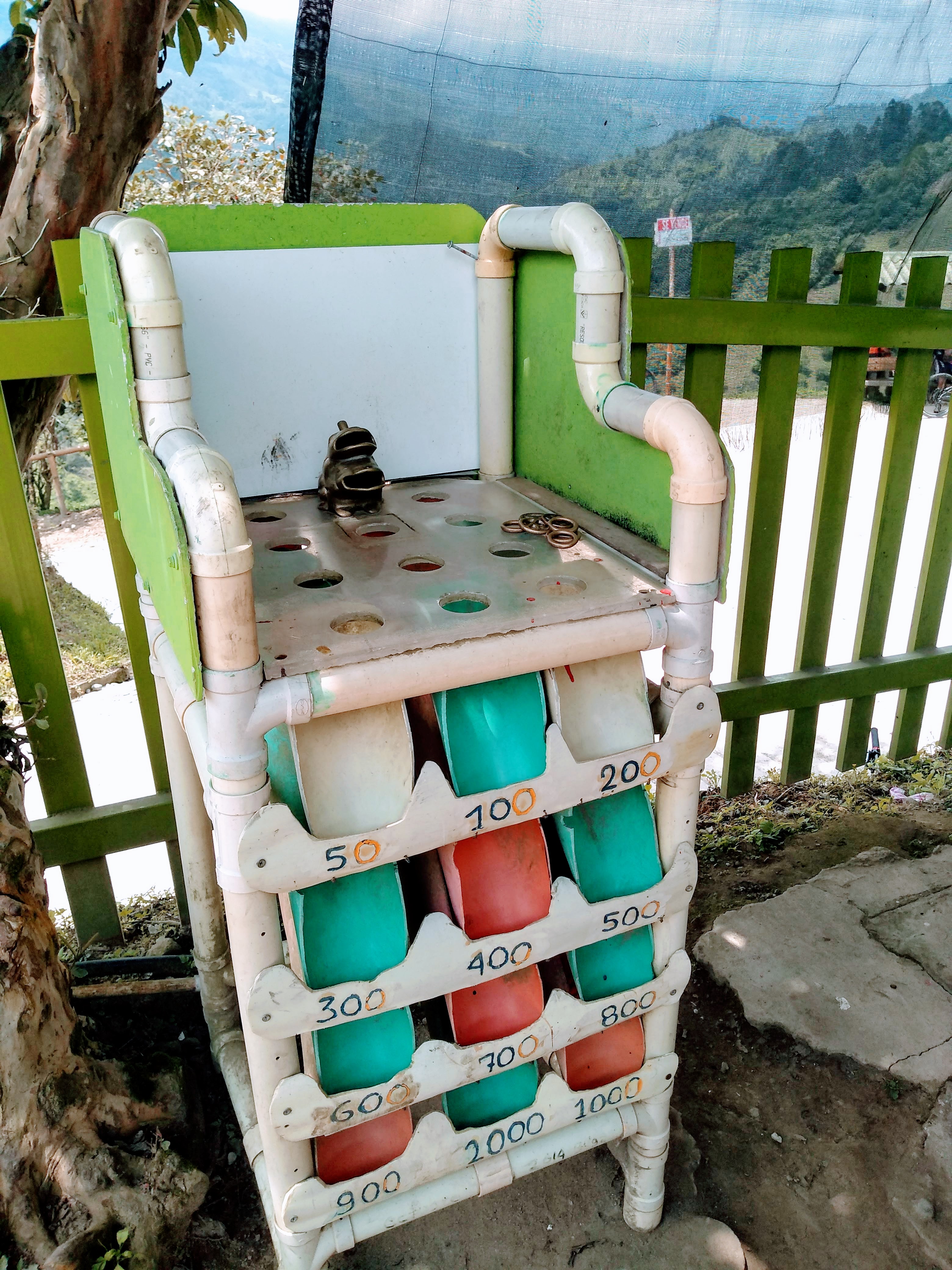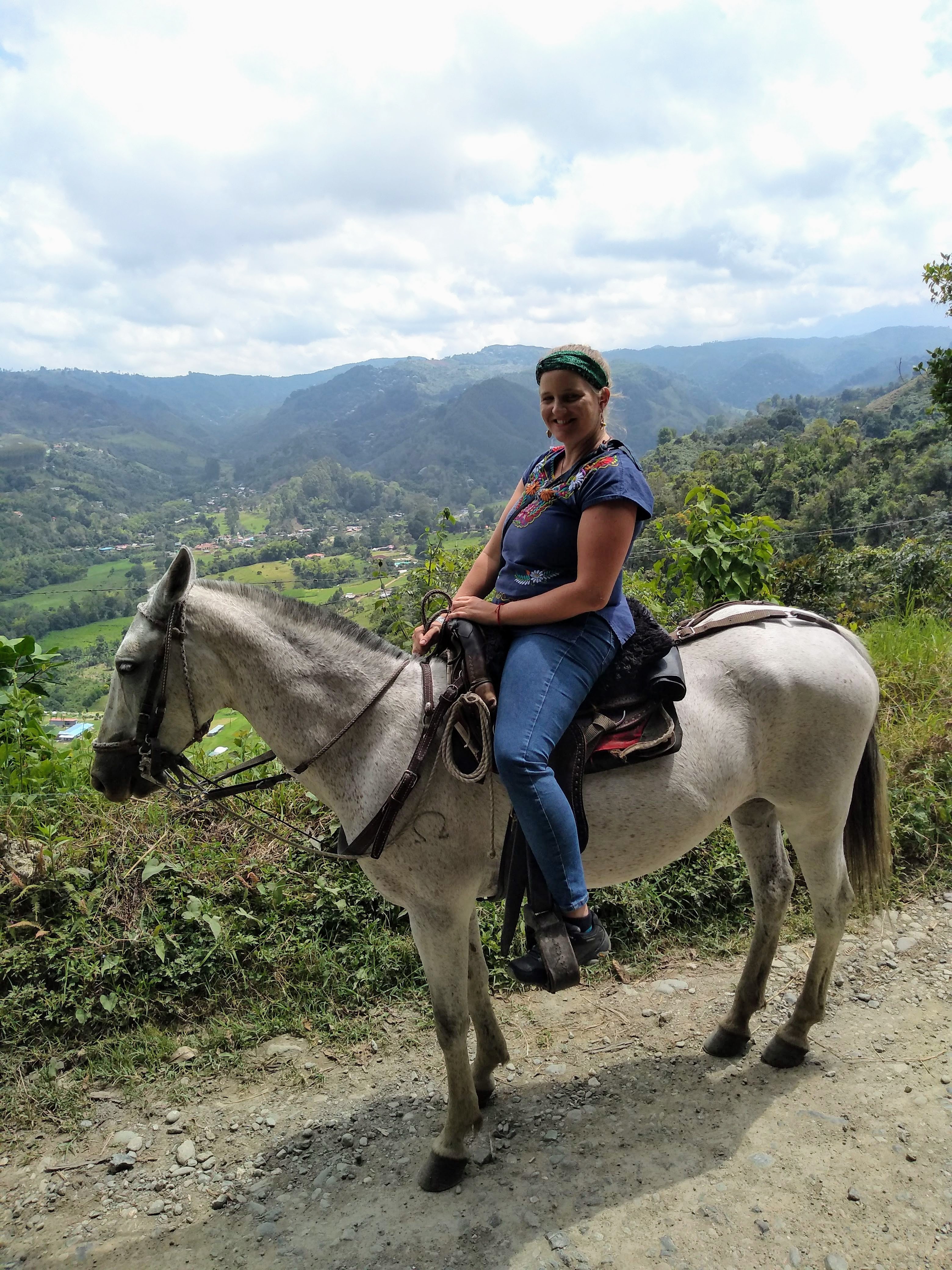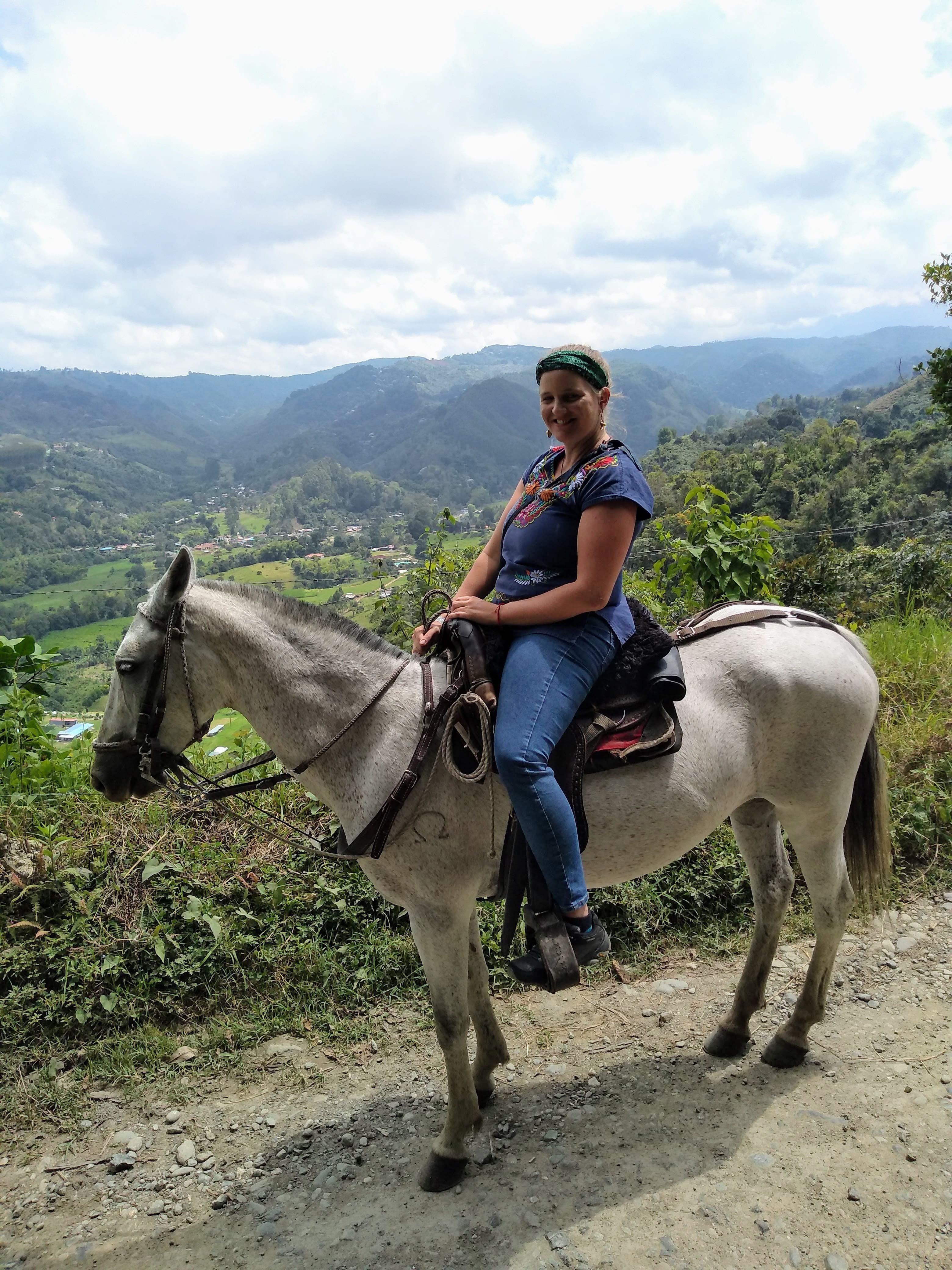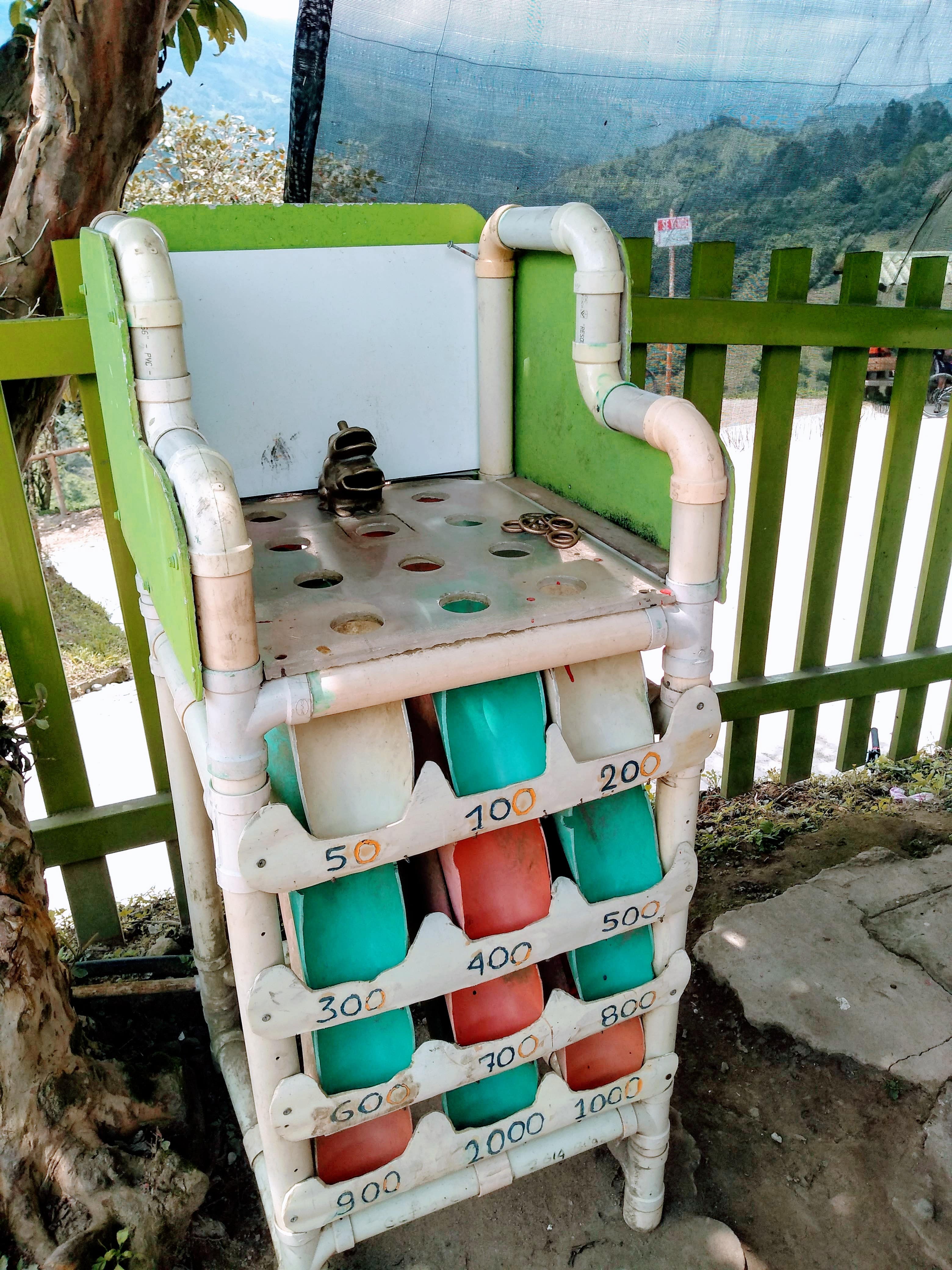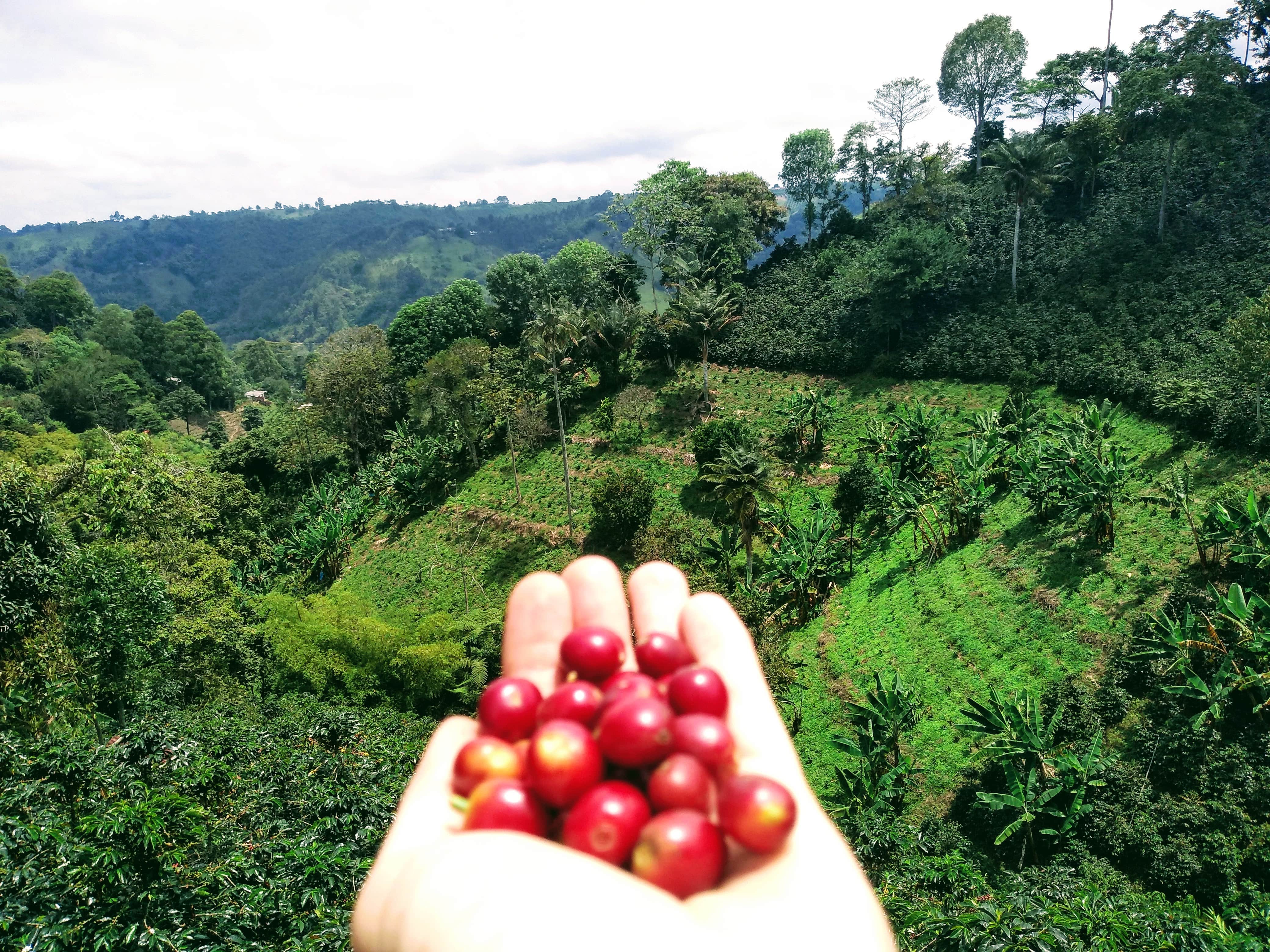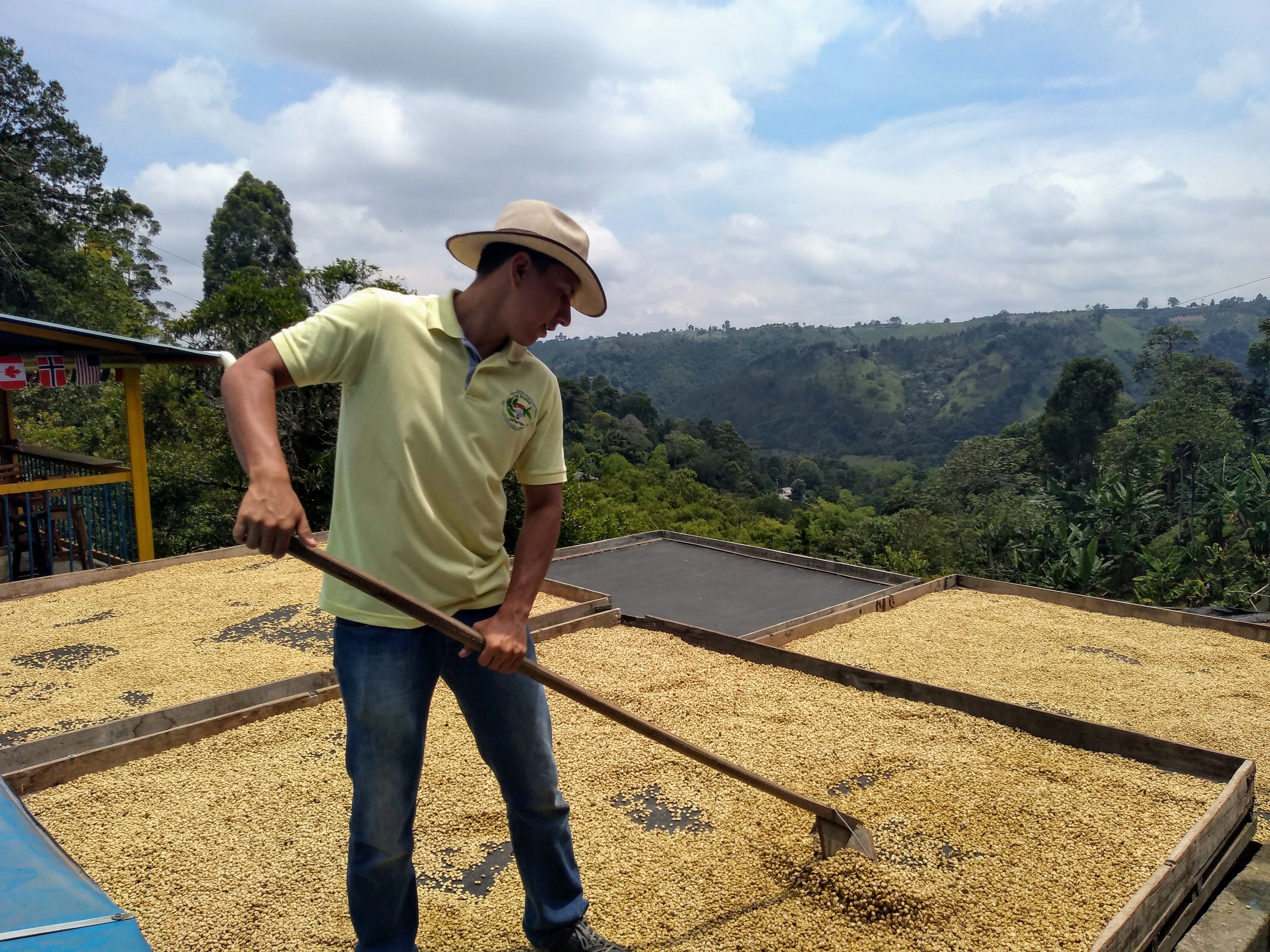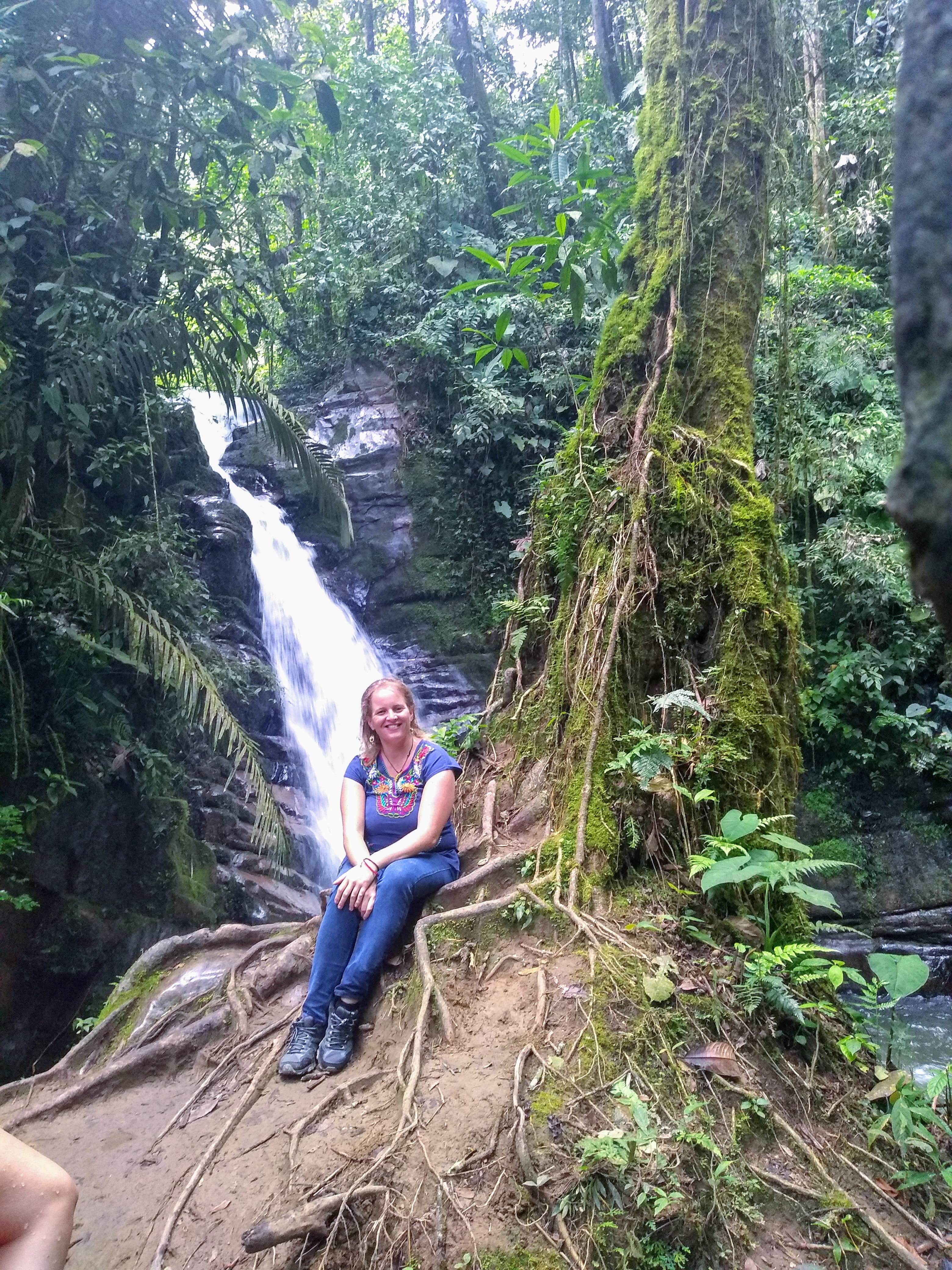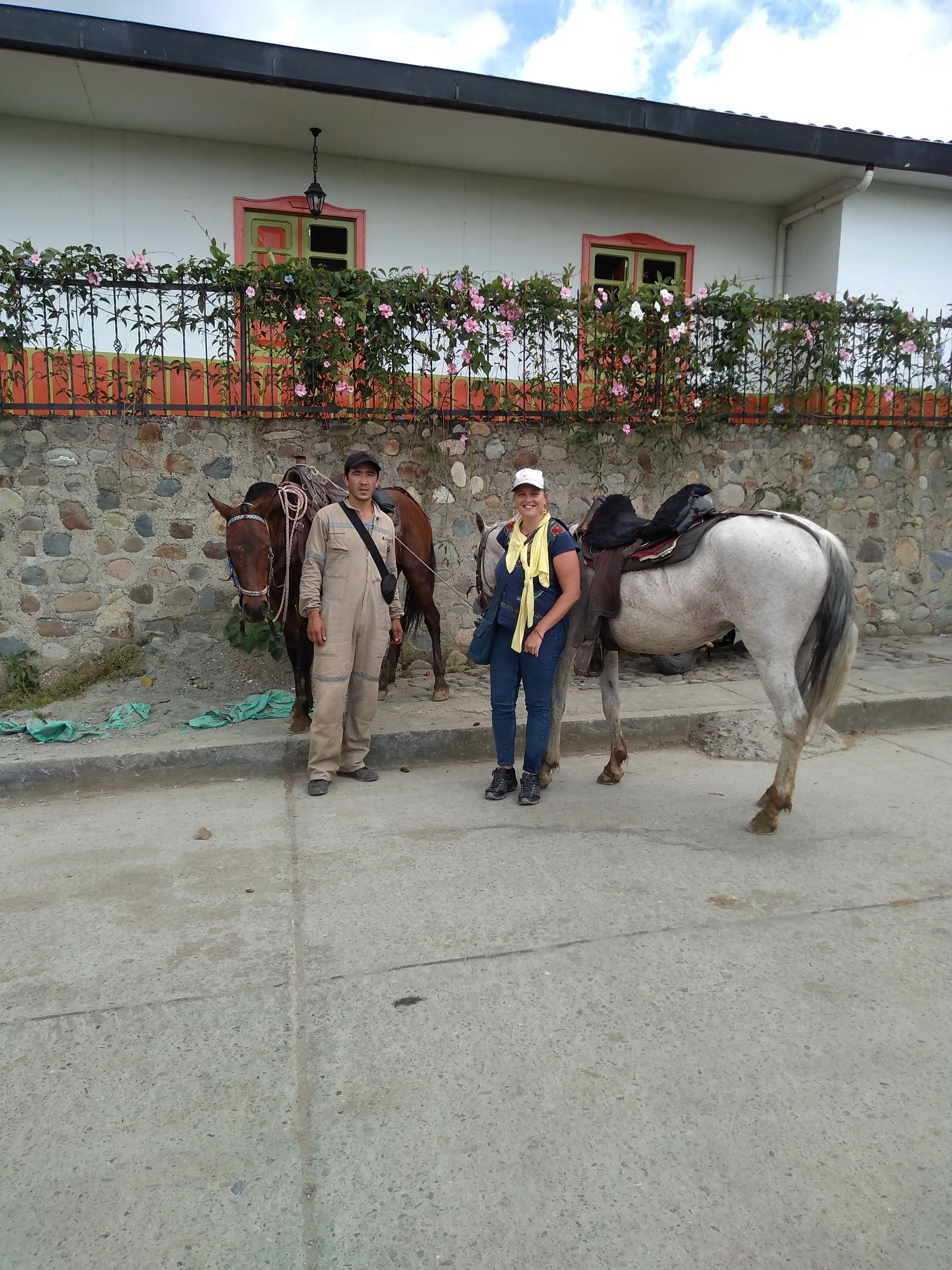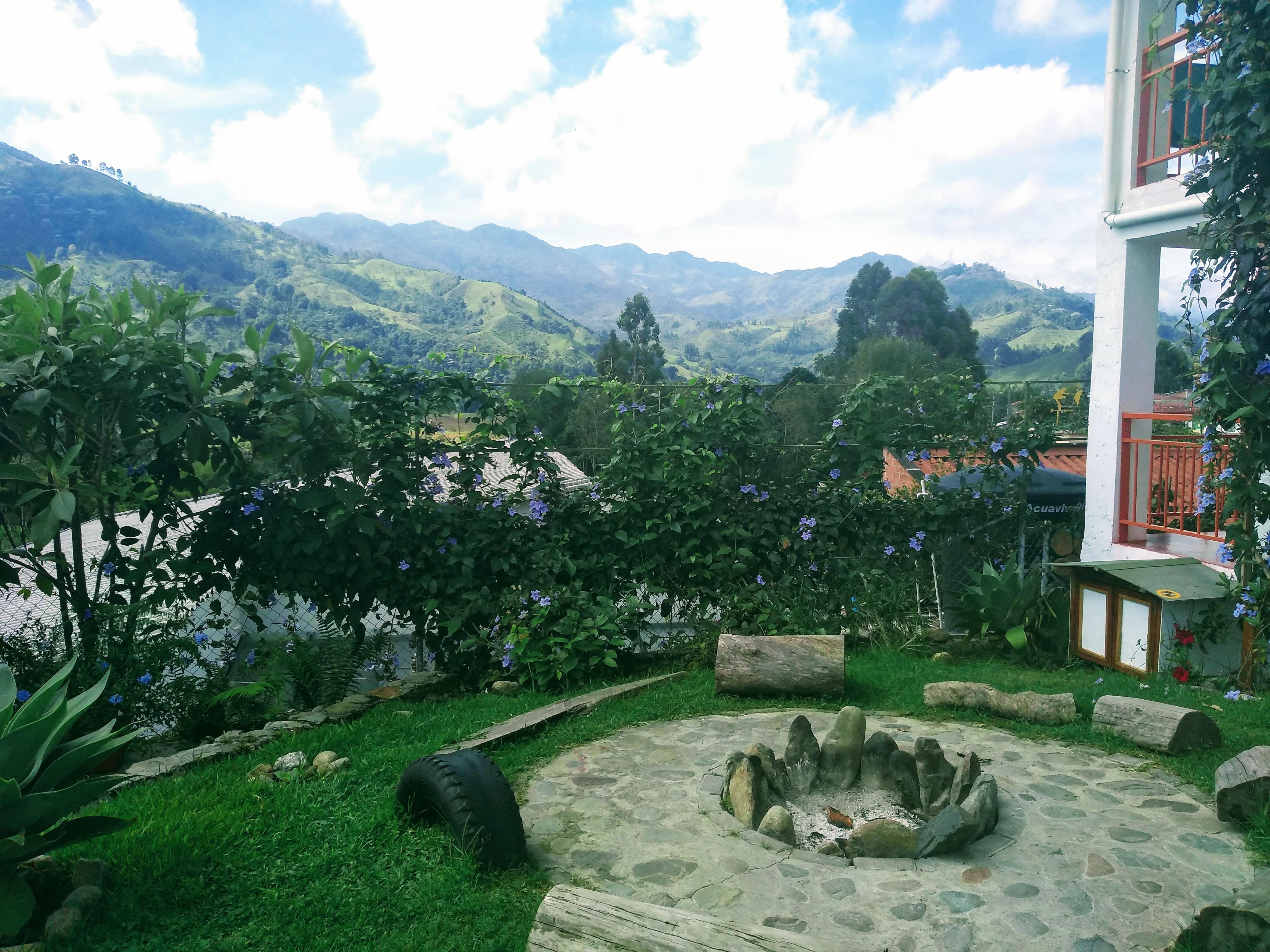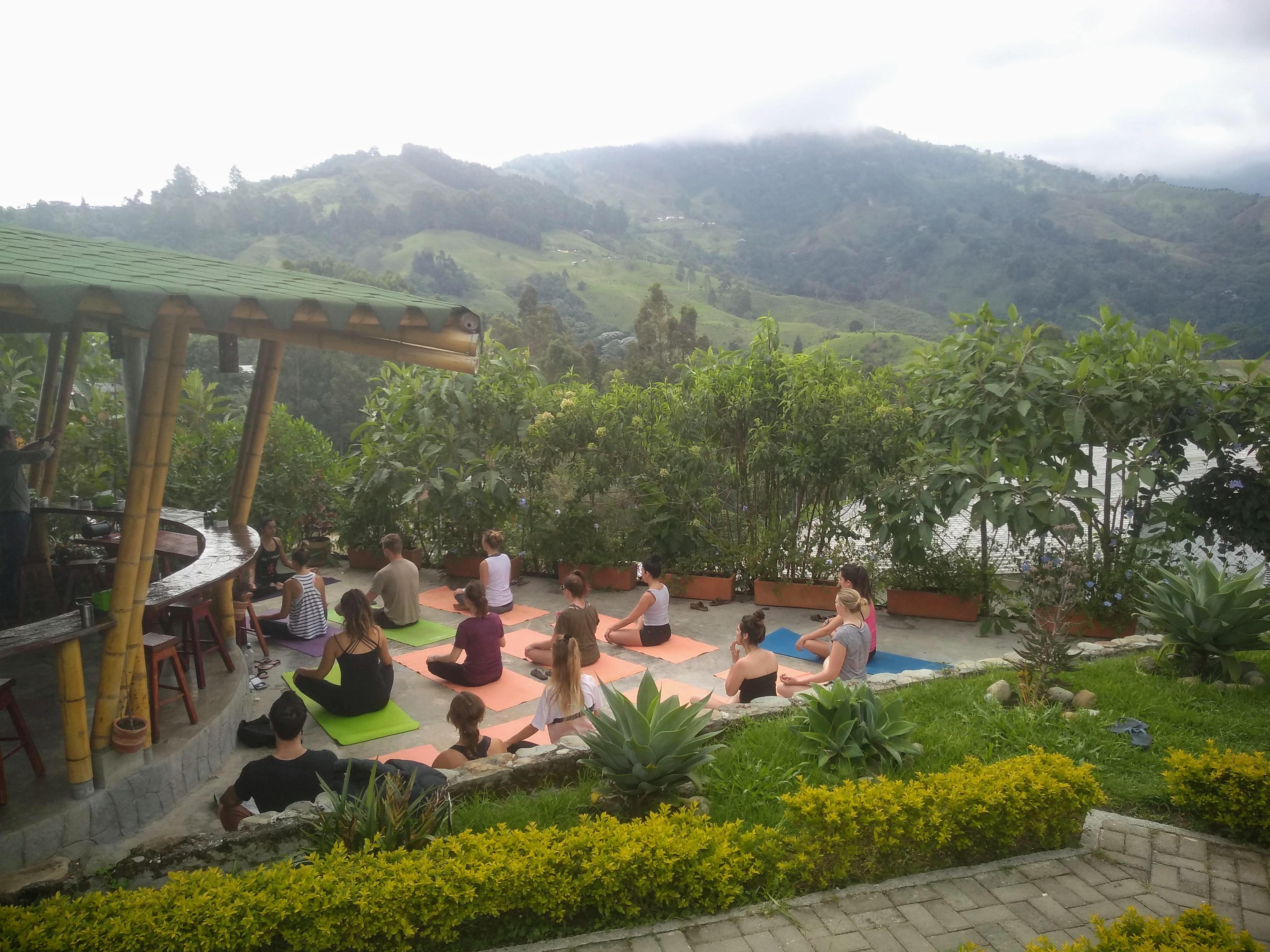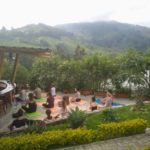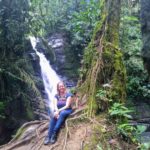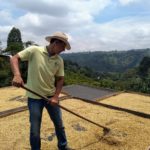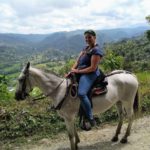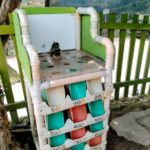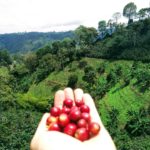Coffee Country: Exploring Salento in Colombia
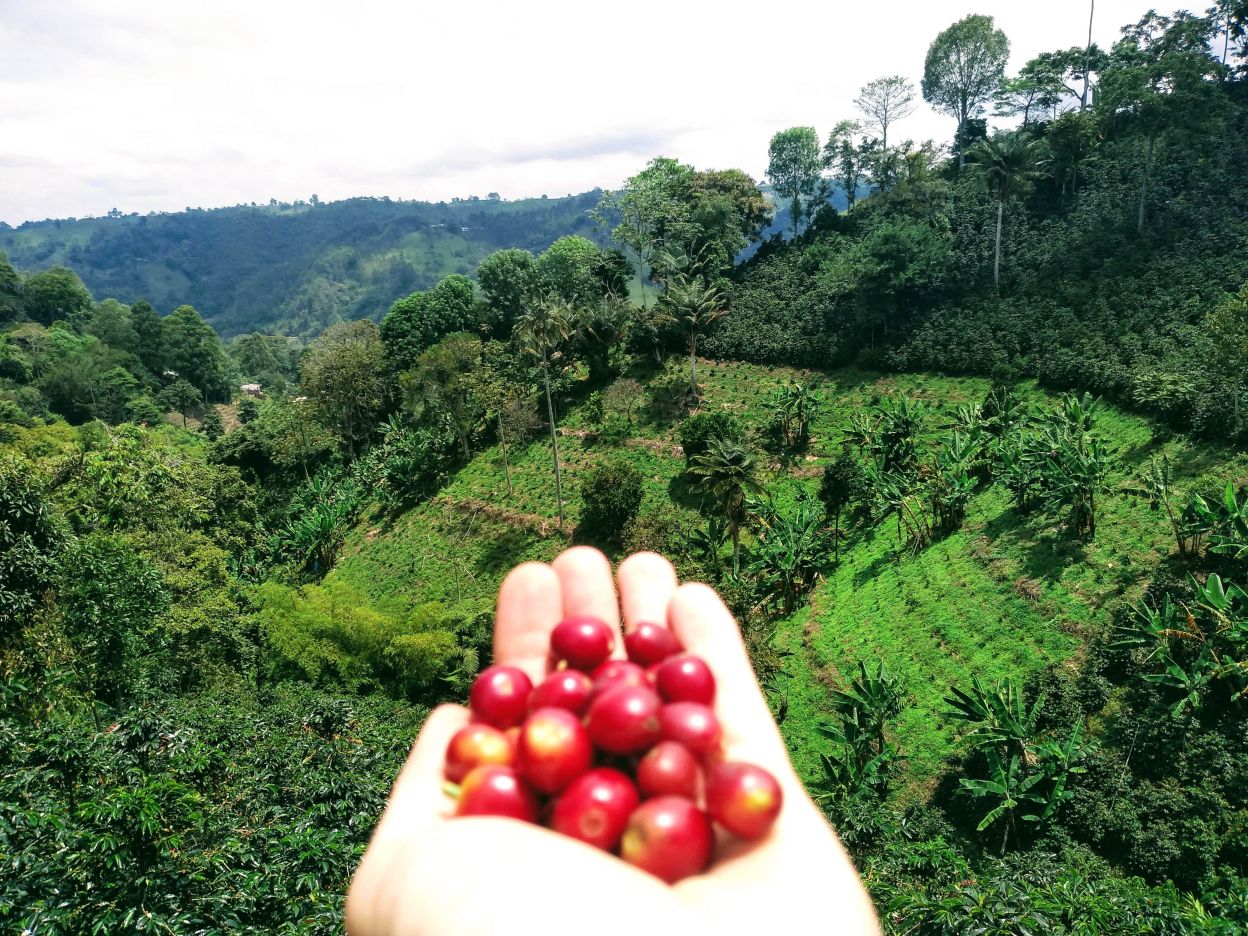
If you’re like me and can’t get through a morning without a ‘cuppa’ (cup of) coffee, you absolutely must visit the coffee region in Colombia. You may also hear it called ‘the Coffee Triangle’ because it’s located between three cities: Medellin, Cali and Ibague in the rural area of Paisa country.
This region, also known as the Coffee Belt or Zona Cafetera (Coffee Zone), spans over 350,000 hectares and produces the majority of Colombia’s coffee. Of course, Colombians will tell you it’s the best coffee in the world and they may be right because Colombia boasts some of the best conditions for coffee production: high altitudes with a tropical climate. I had already had my first taste of Colombian coffee at a finca (farm) in the mountains of Minca near Santa Marta but each finca has a different method to grow and harvest their coffee plantations.
To get to Salento from Medellin I had to first take a bus to Armenia and then a local minibus to Salento. At a Medellin bus station, I took the opportunity to sit down at a cafe and engage with the friendly Paisas (locals from Medellin), who were only too happy to contribute their local slang words to the Colombian page of my Spanish notebook. I almost missed the bus stop, which was hidden at the back corner of the station behind the larger coaches going to further reaches of the region. I hopped off the minibus at 7 am as the sun was illuminating the sky and two horses accompanied my walk to the hostel, haphazardly grazing on the sides of the road.
I checked into my hostel, dumped my backpack and wasted no time in booking a coffee plantation tour on horseback. The benefit of being the only gringa who could speak Spanish is that I got my guide all to myself. Jorge was a humble ex-military man who had inherited the business from his father and didn’t speak a word of English. He introduced me to my horse, Canela (Cinnamon), and away we went to our first stop, Finca El Ocaso. This charming colourful hacienda overlooks the rolling green hills and hosts small group tours of the coffee plantation. Here we were led on a mini coffee-picking expedition where we were given a small amount of time to find and pick as many coffee cherries as possible. It must be back-breaking work during harvest time and pickers are under enormous pressure to pick about 10 times faster than we did.
I enjoyed the fruits of my labours sipping a coffee on the finca’s stunning wooden balcony followed by a game of Sapo or Rana (frog) with my guide. Rana is a traditional Colombian pub-style game from the region, where players take turns to throw a small metal ring into the mouth of a metal frog. If you don’t reach the mouth, consolation points are awarded for landing in the larger holes underneath the frog. I’m hopeless with sports, so needless to say, I lost. I can imagine how fun this would be with a drink or three.
We hopped back onto our trusty steeds and headed another hour deep into the hills, along elongated gravel roads astound careening green valleys and mountains, Jorge explaining the history of his family as we trotted along. This was my first time on a horse – an activity I had been yearning to do all my life but had never gotten around to doing. As a first-timer, I seriously underestimated the physical fitness one needs to stay upright on a horse, especially when he starts to feel comfortable with you and starts cantering. I just kept my focus on how stunning the scenery was and how quiet the countryside was.
Another thing I seriously underestimated was the support a woman needs when she’s going to be bouncing up and down for four hours. Man, my chest and backside were bruised for several days afterwards.
After stopping to refresh at the Santa Rita waterfall, Jorge led our horses uphill along a historical track through the trees, explaining that Simón Bolívar had traveled that route in 1830 and ordered that it be upgraded due to its poor condition and strategic importance. It felt surreal to be aware that I was treading the same steps as one of the country’s greatest pioneers. Just as I was revelling in this thought, Canela lost her footing up a rocky embankment and we lurched forward violently. I held on for dear life and thankfully we stayed upright, Canela got to her feet and we carried on. It was indeed difficult terrain, Señor Bolivar was not wrong!
Trotting back to my hostel, I glanced over to a derelict building to my right, with these words scrawled along the white side wall:
SOY FELIZ PORQUE ESTOY VIVO.
I’M HAPPY BECAUSE I’M ALIVE.
Despite the horrific history, violence and poverty I was seeing in front of my eyes, these words summed up the reason why I still saw Colombians with joy in their hearts; why those men at the bus station greeted me with a friendly smile and welcomed me to their country.
Later that night, I walked through the tranquil town square and ate dinner with a group from the hostel. We then stopped in at a bar that had another traditional Colombian game called Tejo. Think of it like darts with gunpowder. It’s become more well-known since celebrities like Jack Black and Anthony Bourdain had a go during their travels around the country. Crudely explained, you throw a clay ball at a paper target. Some parts have gunpowder and make fun loud noises. Again, I lost, but the beer made the loss easier to digest. It was also amusing to see the look on the locals’ faces at the bar – stunned that a super blonde tourist who could speak perfect Spanish. That never gets old.
The next morning I had made plans to trek with the group to see the world’s tallest palm trees at Cocora Valley, but my backside was hurting something shocking, I was moaning at every slight movement. I ate breakfast, watching in part envy, part tranquil silence as the hostel awoke with yoga as the sun rose over the hills. As my hostel buddies tightened up their hiking boots and headed out, I promptly plopped into a hammock for the rest of the morning. Although I felt a pang of disappointment at the FOMO (‘fear of missing out’), I learnt the value of down-time this morning. Sometimes simply resting can be just as fruitful. Besides, my next destination, the capital of salsa, required me to be rested and ready to dance!
Below is my album from Salento. Be sure to click ‘play’ on the videos to get a real feel for my experience riding horses, playing Colombia bar games and discovering the stunning landscape of Coffee Country.
Support my blog: subscribe via email
It takes a long time to plan, write and design my blogs. I love writing, and this is something I do totally for free for the love of sharing with people about my life and adventures, for those who don’t have the opportunity to travel for themselves.So if you enjoy my writing, I ask you to please subscribe to my blog using the form on the side of this article.

